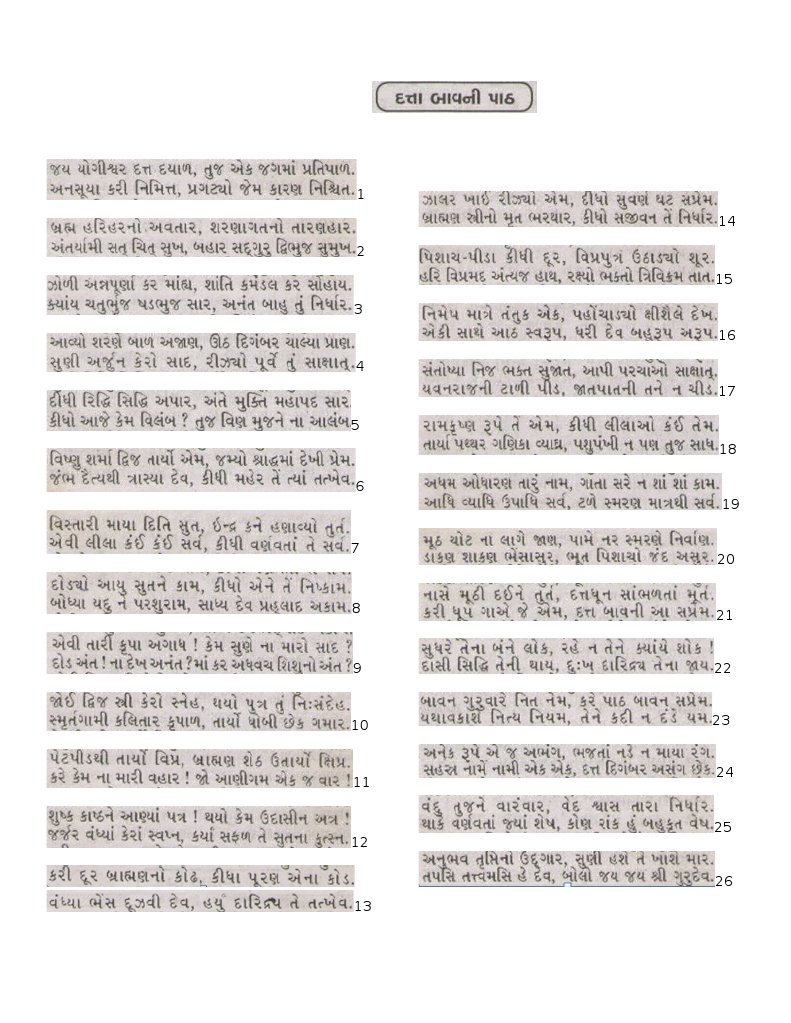

The epic poem is, therefore, also referred to as Tulsikrit Ramayana (literally, The Ramayana composed by Tulsidas). In order to make the story of Rama as accessible to the common people, Tulsidas chose to write in Awadhi which was the language of general parlance in large parts of north India at the time. However, he wanted the story of Rama to be accessible to the general public and not just the Sanskrit-speaking elite. Tulsidas was a great scholar of Sanskrit. The work has variously been acclaimed as "the living sum of Indian culture", "the tallest tree in the magic garden of medieval Indian poetry", "the greatest book of all devotional literature" and "the best and most trustworthy guide to the popular living faith of the Indian people". It is considered one of the greatest works of Hindi literature. Ramcharitmanas literally means "Lake of the deeds of Rama". The work has variously been acclaimed as "the living sum of Indian culture", "the tallest tree in the magic garden of medieval Indian poetry", "the greatest book of all devotional literature" and "the best and most trustworthy guide Ramcharitmanas is an epic poem in the Awadhi dialect of Hindi, composed by the 16th-century Indianbhakti poet Goswami Tulsidas (c.

Ramcharitmanas is an epic poem in the Awadhi dialect of Hindi, composed by the 16th-century Indianbhakti poet Goswami Tulsidas (c.

Thus, the text is associated with the beginning of the storied tradition of Ramlila, the dramatic enactment of the text.more Its composition marks the first time the story of Ramayana was made available to the common man for song and performance. Today, it is considered one of the greatest works of Hindu literature. A large portion of the poem was composed at Varanasi, where the poet spent most of his later life. The exact date is stated within the poem as being the ninth day of the month of Chaitra, which was the birthday of Lord Ram, Ram Navami. Tulsidas (who is also sometimes called Tulsidas-ji or simply Tulsi) began writing the scripture in Vikram Samvat 1631 (1574 CE) in Avadhpuri, Ayodhya. The great poem is also called Tulsi-krit Ramayan (literally, 'Tulsi-created Ramayan' or, more loosely, 'The Ramayan of Tulsidas'. Rāmcharitmānas literally means the "Lake of the Deeds of Rām".Tulsidas compared the seven kānds (literally 'books', cognate of cantos) of the epic to seven steps leading into the holy waters of a Himalayan lake (or mānas, as in Lake Mansarovar or Manasbal Lake) which "which purifies the body and the soul at once." The core of the work is a poetic retelling of the events of Rāmcharitmānas literally means the "Lake of the Deeds of Rām".Tulsidas compared the seven kānds (literally 'books', cognate of cantos) of the epic to seven steps leading into the holy waters of a Himalayan lake (or mānas, as in Lake Mansarovar or Manasbal Lake) which "which purifies the body and the soul at once." The core of the work is a poetic retelling of the events of the Sanskrit epic Ramayana, centered on the narrative of Rām, the crown prince of Ayodhya.


 0 kommentar(er)
0 kommentar(er)
